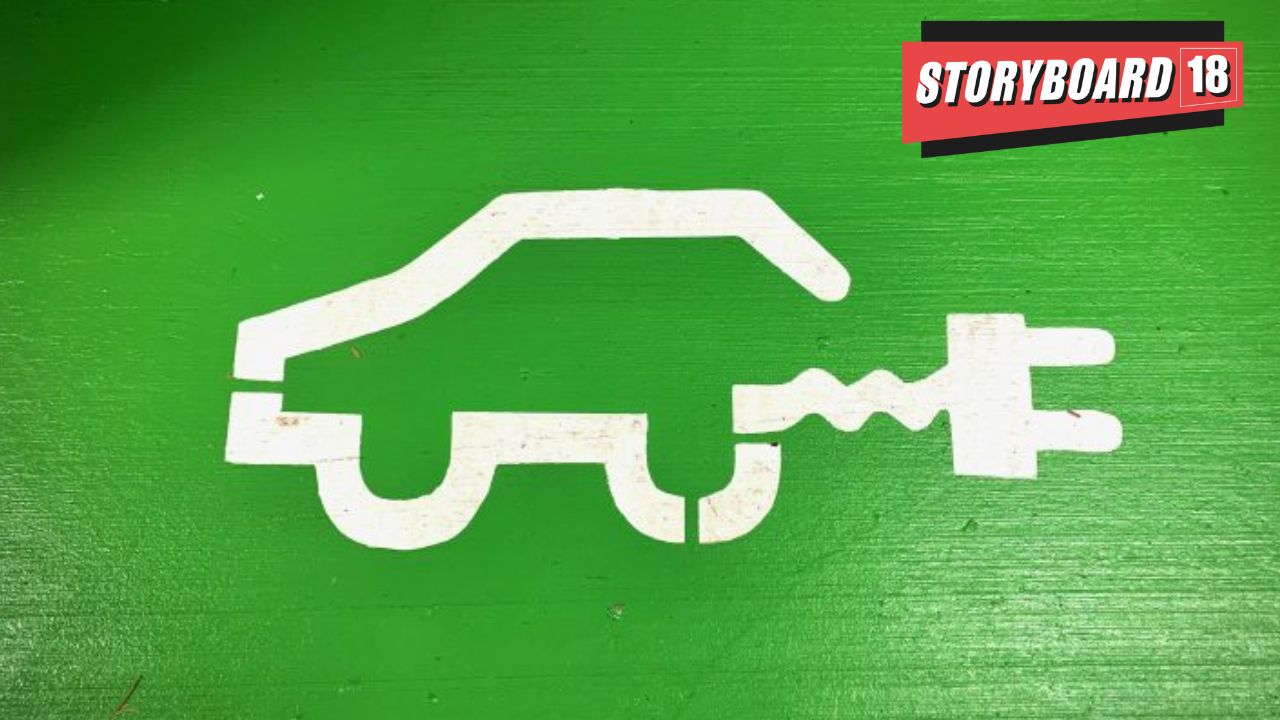Automotive advertising spends in India has been experiencing slow growth with factors like inflation, economic uncertainty, and a slowdown in car sales contributing to a cautious approach by automobile companies. The segment accounted for about Rs 4,900 crore of the overall adex in 2023, out of an overall Rs 1 lakh crore expenditure, according to a Madison report.
However, the increasing consumer shift towards EVs (electric vehicles), coupled with government incentives and infrastructure development, is expected to give much-needed respite to the overall automobile sector growth and advertising spends.
The adex contribution of EVs to the overall auto sector is expected to steadily increase up to 50% in the next two years, from its current share of 38%, experts tell Storyboard18. Additionally, unlike traditional auto makers that have been spending majorly on print and TV, EVs are set to change the media mix dynamics too, with digital becoming the preferred medium of choice.
“In India, EVs ad spend was expected to reach $260 mn market in 2024 from the $160 mn projections in 2020. The overall EV spend is expected to rise to approximately 50% of the overall auto industry adex which is $520 mn, by 2027,” says Munira Loliwala, VP, Strategy and Growth, TeamLease Digital.
Jyoti Malhotra, managing director, Volvo Car India, shares, “While the global and Indian passenger vehicle markets are facing headwinds, the EV/BEV segment continues to demonstrate remarkable growth. EV advertising budgets are on a steep trajectory. As consumer interest and demand for EVs continue to grow, we can expect a significant increase in marketing spend across various channels.”
Read more: Charging into the future: EV charging stations to drive outdoor advertising growth
This evolving landscape, according to her, offers a unique opportunity for the auto sector to reinvigorate its advertising strategies, especially in the face of stressed ad budgets. BEVs, with their cutting-edge technology, sustainability credentials, and low carbon footprint, provide a compelling narrative that resonates with today’s environmentally aware consumers.
One in four Volvo cars sold in India is electric today. “We are witnessing a shift towards more purpose-driven marketing, focusing on responsible business, environmental responsibility, safety and innovation. As the EV/BEV segment matures, we anticipate a significant increase in advertising and promotional activities,” Malhotra adds.
The total advertising spend of the auto sector is about 6% of the total ad pie across industry verticals, with digital media contributing to 35% of the total auto ad spends which is largely influenced by the BEV segment that hit the markets through constant social media, TV, print and online modes.
High costs for launching an EV make it imperative to spend on advertising, yet the advertisers fail to enrich the experience for the consumers and persuade buying, points out Loliwala.
Accelerating Digital Advertising
The EV/BEV segment is a bright spot in an otherwise challenging automotive landscape, driven by policy support, technological advancements, and shifting consumer preferences. Governments worldwide are incentivising cleaner mobility, while rising fuel costs and environmental concerns are making EVs increasingly attractive. At the same time, advancements in battery technology and charging infrastructure are addressing key adoption barriers.
For the industry, this growth presents a unique opportunity to accelerate advertising and promotional efforts, focusing on educating consumers, building trust, and highlighting the long-term benefits of EVs, points out Yogesh Bhatia, MD and CEO, LML.
Read more: One in every two cars to be battery electric in 2035 globally; local brands to lead charge in India
As traditional automakers recalibrate their strategies, EV manufacturers are taking the lead in engaging audiences through fresh and innovative marketing campaigns. This shift, according to him, is crucial in reviving the overall automotive advertising landscape, as EV brands focus on storytelling, digital engagement, and influencer-led campaigns to reach potential buyers.
In terms of sales, EV passenger cars account for around 2.4% of the market, two-wheelers about 6.5%, and three-wheelers a substantial 33-34%. As technology advances, infrastructure improves, and environmental awareness grows, the share of BEV ad spends is expected to increase significantly in 2025.
While traditional automakers are navigating a slowdown, BEV brands are actively investing in awareness campaigns, influencer collaborations, and consumer engagement programs, adds Hyder Khan, director and CEO, Godawari Electric Motors.
Traditionally, automakers relied heavily on print and television advertising. However, in the dynamic EV segment, digital channels have emerged as the most effective, points out Malhotra.
For Volvo Cars, the marketing strategy has undergone a significant transformation. It now leverages digital platforms and OOH extensively, including social media, online news platforms, hoardings and billboards.
“Unlike conventional vehicles, EVs require a different approach to consumer engagement, focusing on education, interactive experiences, and community building,” sumps up Bhatia.
